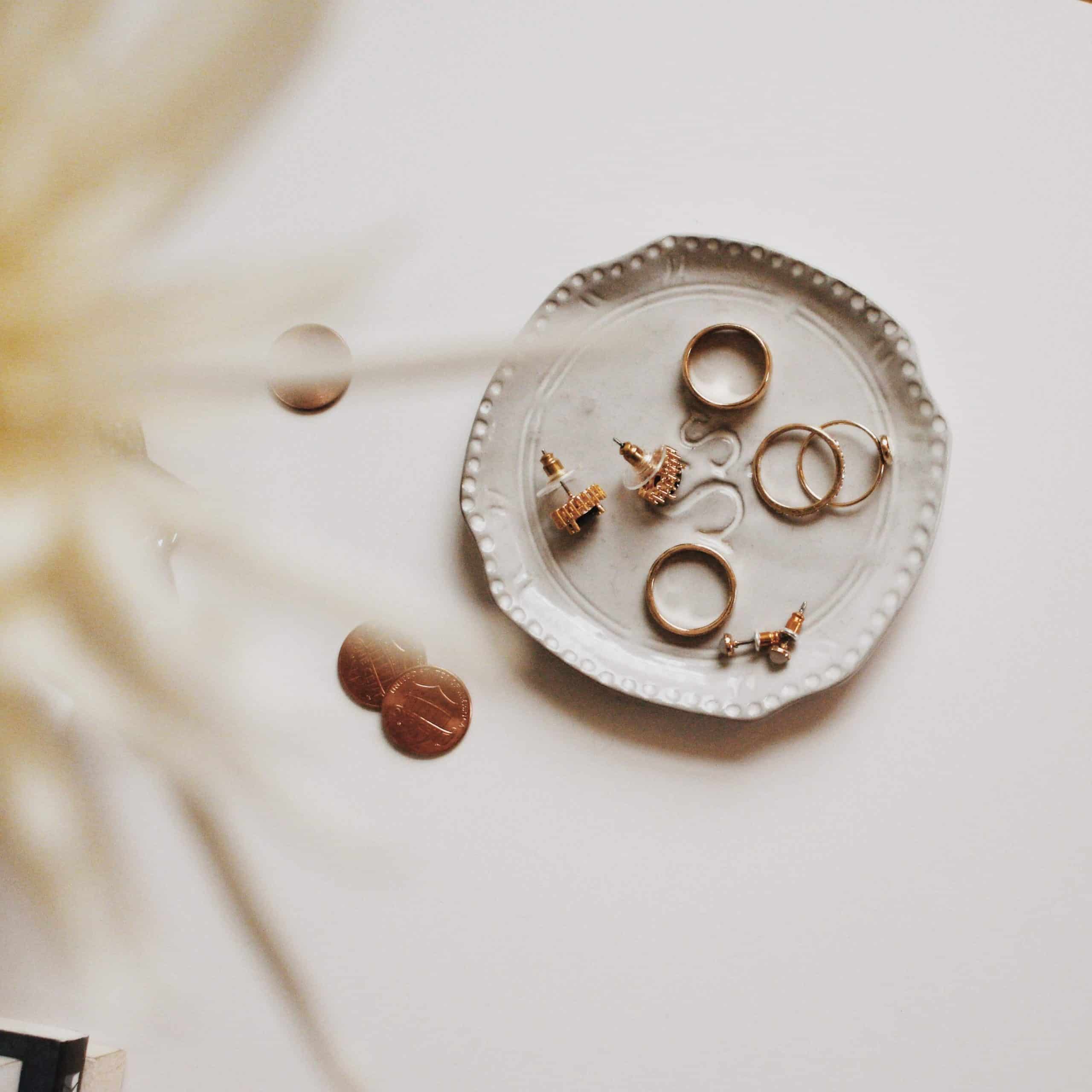Whether they are inherited, newly acquired, or waiting to be acquired, jewels as well as works of art are an integral part of the material heritage called “of value”. And as such, having them appraised and insured is as important as for a car, a house or any other property. The difficulty often lies in the best way to do it. We have invited two historical experts of these markets, Frédéric Colliard, auctioneer and associate director at Geneva Inventaire and François Schuler from ABF Art Consulting to answer our questions on the estimation part, which completes our own insurance expertise. We hope that these answers, which we wanted to be as precise as possible, will enlighten you and guide you in your choices!
1. First of all, can you enlighten us on the reasons for the expertise of valuable objects such as art and jewels?
François Schuler: The expertise of valuable items, works of art or hand-crafted production is in principle requested in the context of:
- an insurance policy
- an estate, an inheritance
- a division before a legal succession
- a damage or a loss
- to obtain personal informations about a personal property
Consultative expertizes may also be requested if there is a will to sell or buy one or more items.
Frédéric Colliard: I would complete with the following situations:
- When the owner of a work of art has no proof of purchase or invoice or when the proof of purchase of the work of art or precious object goes back more than two years (contemporary art) and five years (old masters and 19th century, jewelry and collector watches).
- If the estate is not in the direct line of succession and according to the tax system of the cantons, the expertise and the evaluation allow to establish an official document intended for the settlement of the inheritance taxes.
- In case of divorce proceedings, the intervention of an expertise and inventory firm that specifies the updated values of each work of art or precious object of the common patrimony can prove to be essential to the conflict settlement that opposes the ex-spouses in court.
- In the case of a transaction of a work of art or a precious object, the expert or the expertise firm intervenes as a trusted third party between the seller and the future buyer. His role is to gather the documents guaranteeing its authenticity and to fix the right price of the transaction in all impartiality.
2. For jewels or works of art – especially inherited – which may have been in our possession for decades, the reflex of the expertise is not necessarily as obvious as for a recent acquisition. In your opinion, at what point(s) should an expertise be carried out?
Frédéric Colliard: I would say that each situation is different, but our experience shows that the settlement of disagreements between the parties (insurance company/insured – ex-husband/ex-wife – all the heirs at the opening of a will) is better resolved when the assets have been valued before the conflict.
We recommend updating the inventory every two years for contemporary art and every five years for collections of old masters and 19th century, jewelry and watches.
An update of the inventory also allows the addition of new acquisitions of the client. Finally, its purpose is to examine the state of conservation of each of the works and to confirm its location to the insurance company (e.g.: living room on the first floor of the residence “Les Tilleuls” in Verbier).
François Schuler : In the case of an insurance policy, things are different. The first expertise must be requested by the customer/owner, sometimes on the advice of an insurer. Several cases have shown us in recent years that neglecting the insurance of a property can have very harmful consequences. Once the initial inventory is established, we believe that updates are required. They are made depending on the customer’s availability, that means : each time he acquires an object ; or when he has acquired several items; or at regular intervals ; or simply when he thinks about it.
These updates are important to integrate of course the new items in the initial inventory but also, for example, in order to control the value of artists if there are paintings, drawings or sculptures; to control also the price of precious metals and gemstones when there are jewellery and watches.
The value of the items depends on the market, i.e. supply and demand. But the market is changing. Contemporary art is growing while ancient furnitures and carpets, for example, have lost a lot of value in recent decades. In this case regular updates are not necessary. However, it is important to know the date of the initial inventory. ABF will thus be able to assess the relevance of a re-examination of these items.
3. And is there a “minimum” amount at which it becomes interesting, even important, to have an expertise?
François Schuler: There are no rules. The owner decides which items will be included in the inventory. Sometimes objects are expertized simply because the owner attaches a sentimental value to them, regardless of the market value. Some people tell us: below CHF 200, it’s not worth it. Others, below CHF 500 or CHF 1,000, etc…
Frédéric Colliard: Generally speaking, the expertise of a work of art and a piece of jewelry is recommended for an amount of 5’000.00 CHF or more and is strongly recommended for movable assets (paintings, sculptures, furniture, art objects, jewelry and watches) above 30’000.00 CHF.
4. Can you explain in a few words how an expertise is carried out ?
Frédéric Colliard: The appraisal of a painting or a set of diamonds requires a visual examination. Depending on the uniqueness of the work of art or the object of value that he is called upon to examine, the expert may have recourse, depending on the case, to scientific laboratory techniques and to the crossed opinion of his colleagues.
5. What are the risks of not appraising one’s valuables?
François Schuler: In the case of an insurance policy, the risk is obviously the underinsurance that can lead to the non-refund of damaged or stolen items.
In the case of an estate, the risk is that of a complicated sharing with its possible consequences, such as resentment, sense of injustice and sometimes torn families. More generally, the risk could simply be to not know exactly what one owns.
Frédéric Colliard: I would add to this the risk of acquiring a fake or a counterfeit during a transaction.


